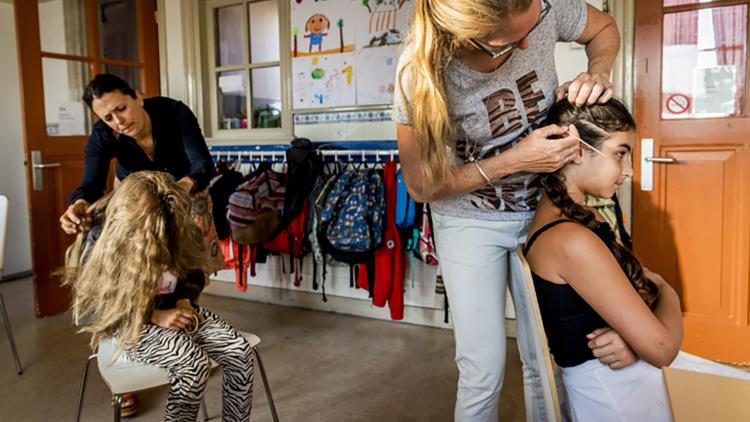HOUSTON — Students with head lice don't have to be sent home from school, according to guidance from the Centers for Disease Control and Prevention.
The guidance says for students to be sent home at the end of the day to be treated and they're allowed to return after beginning the appropriate treatment.
For parents
If your child is showing symptoms of head lice infestation, you should examine their head for crawling lice or nits, especially behind their ears and nape of the neck, the CDC says.
If your child has crawling lice or nits (lice eggs) within 1/4 inch or less of the scalp, they'll need to be treated.
Lice infestations can be treated with either prescription-strength or over-the-counter medication.
Why can kids stay in school?
The American Academy of Pediatrics and the National Association of School Nurses said there are several reasons "no-nit" policies should be discontinued.
Below is verbatim from the Centers for Disease Control on what you should know about lice.
- Many nits are more than ¼ inch from the scalp and are unlikely to hatch to become crawling lice, or may be empty shells (i.e., casings).
- Nits bond to hair shafts and are very unlikely to transfer to other people.
- Unnecessary days off cause a burden to the students, families, and communities, and far outweigh the risks associated with head lice.
- Misdiagnosis of nits is very common during nit checks conducted by nonmedical professionals.
How to treat lice
You should contact your doctor, pharmacist or health department for information on products to use to treat lice.
Most health departments don't require you to report cases, but you should share the information with school nurses, teachers, parents of classmates and others who come in close contact in an effort to limit the spread.



